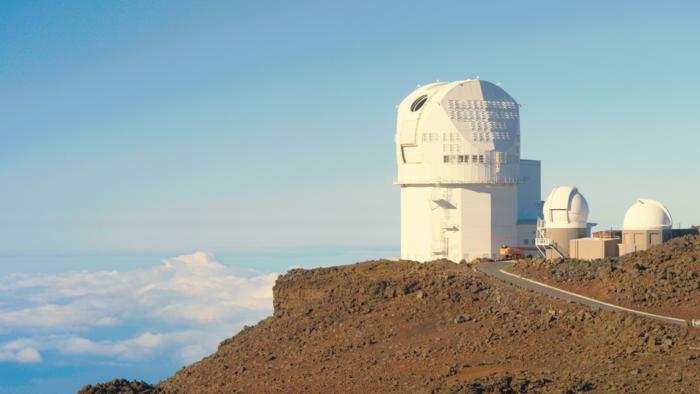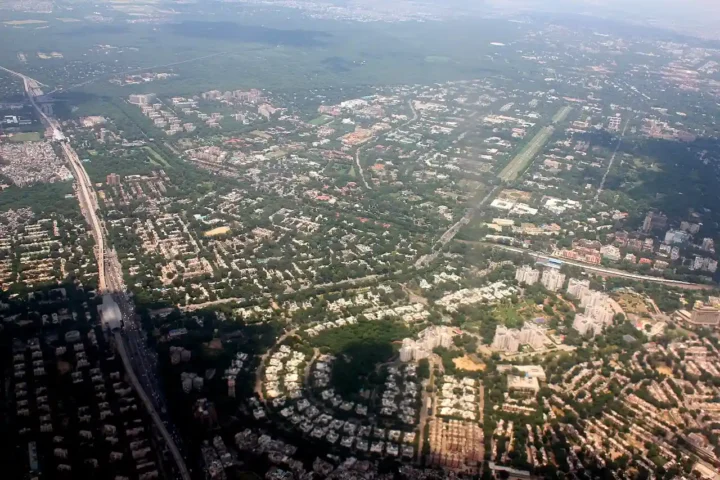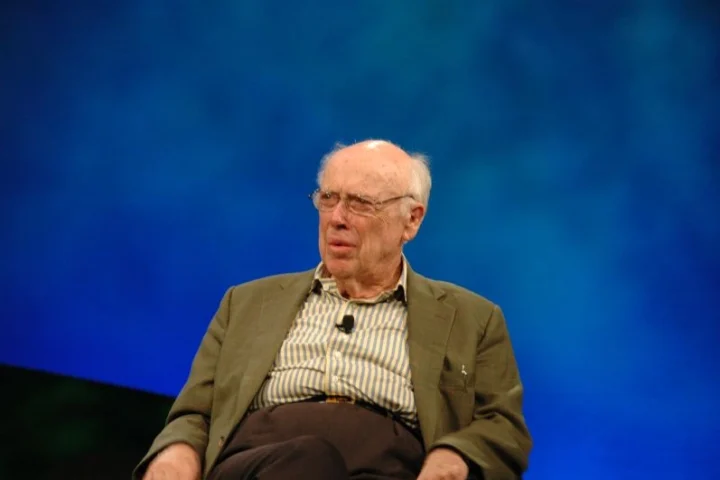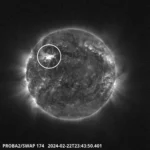The Daniel K. Inouye Solar Telescope on Maui, Hawaii has received a major upgrade. The world’s largest solar telescope now boasts a new instrument called the Visible Tunable Filtergraph (VTF), which recently captured its first images of the sun.
This new “eye” gives scientists unprecedented views of our nearest star. The VTF can see details as small as 6.2 miles (10 kilometers) on the sun’s surface – a remarkable level of detail for observing features on our star.
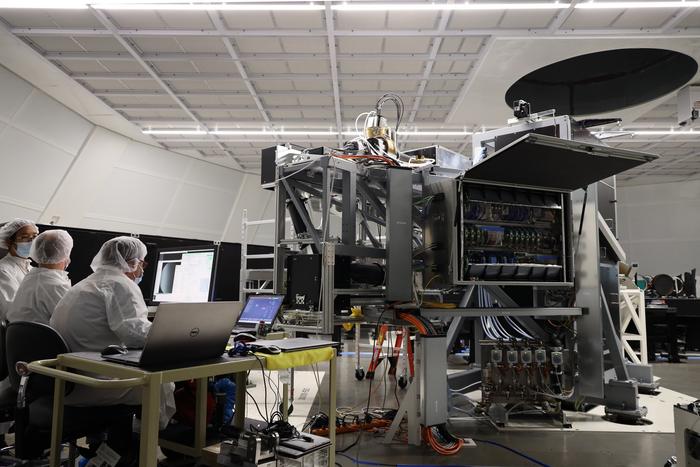
“The significance of the technological achievement is such that one could easily argue the VTF is the Inouye Solar Telescope’s heart, and it is finally beating at its forever place,” said Dr. Matthias Schubert, VTF Project Scientist at the Institute for Solar Physics (KIS) in Germany.
A Solar Microscope 15 Years in the Making
The VTF didn’t come together overnight. German scientists spent 15 years developing this instrument. It works by splitting sunlight into specific colors and measuring how light waves move. The instrument uses an etalon – two glass plates separated by mere microns – where light waves trapped between the plates interfere with each other, allowing specific colors to pass through while others cancel out.
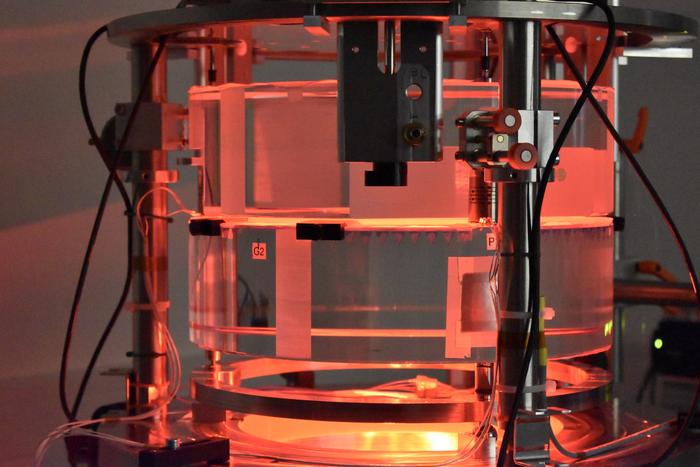
In just a few seconds, the VTF captures hundreds of sharp images through different filters. This gives scientists a three-dimensional view of what’s happening on and just above the sun’s surface.
The VTF is the fifth instrument to join the telescope, but it’s the most powerful. Dr. Thomas Kentischer, who helped design the VTF, hopes “this instrument will become a powerful tool for scientists to answer outstanding questions on solar physics.”
Why This Matters for Everyone
When the sun acts up, we feel it on Earth. Solar storms can knock out power grids, disrupt GPS systems, and damage satellites.
“When powerful solar storms hit Earth, they impact critical infrastructure across the globe and in space,” said Carrie Black, program director at the National Science Foundation.
A solar storm in the 1800s was so strong it reportedly caused fires in telegraph stations. With today’s technology, a similar event could be far more disruptive.
The VTF helps scientists better understand what causes these solar eruptions by examining the sun’s magnetic fields and plasma flows with incredible precision. This could lead to better space weather forecasts.
More Stories:
What the New Images Show
The first image from the VTF shows a cluster of sunspots – dark regions where intense magnetic activity occurs. These sunspots are actually cooler than their surroundings, though still extremely hot by Earth standards.
Sunspots work like “magnetic plugs” that prevent heat from reaching the sun’s surface. They’re also where solar flares and eruptions often begin.
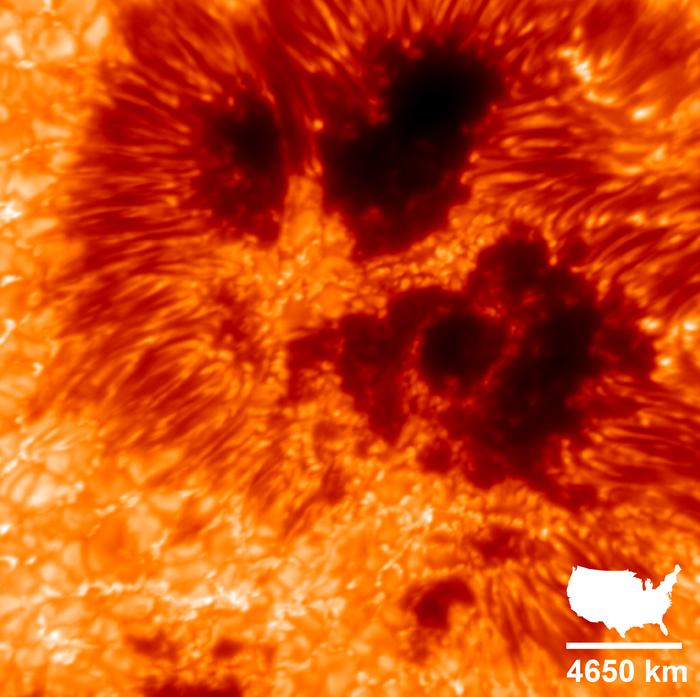
“Seeing those first spectral scans was a surreal moment. This is something no other instrument in the telescope can achieve in the same way,” said Dr. Stacey Sueoka, Senior Optical Engineer at the National Solar Observatory.
What’s Next
While the VTF has achieved “first light,” it isn’t fully operational yet. Scientists expect science verification and full commissioning to begin in 2026.
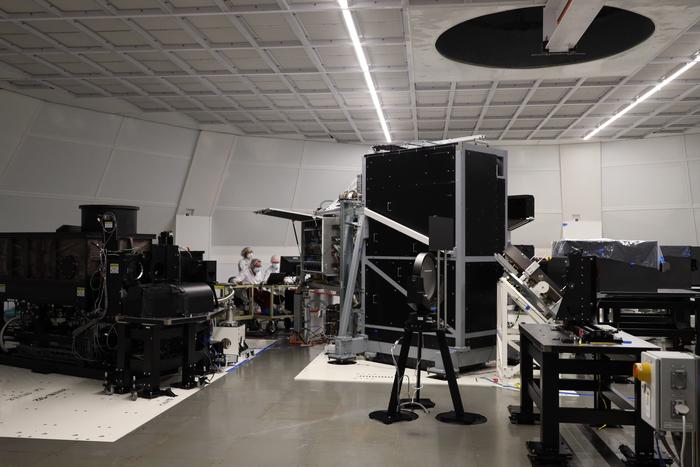
Once fully online, the VTF will measure temperature, pressure, velocity, and magnetic field strength at different heights in the sun’s atmosphere. This information will help researchers track changes in solar features ranging from 20 to 40,000 kilometers in size.

The Inouye Solar Telescope has a planned 44-year lifespan, during which it will observe about four complete solar cycles. We’re currently at solar maximum – the peak of the sun’s 11-year activity cycle – making this an ideal time for the VTF to begin its observations.
As Sami K. Solanki, Director at the Max Planck Institute for Solar System Research, put it: The VTF “enables images of unprecedented quality and thus heralds a new era in ground-based solar observation.”
